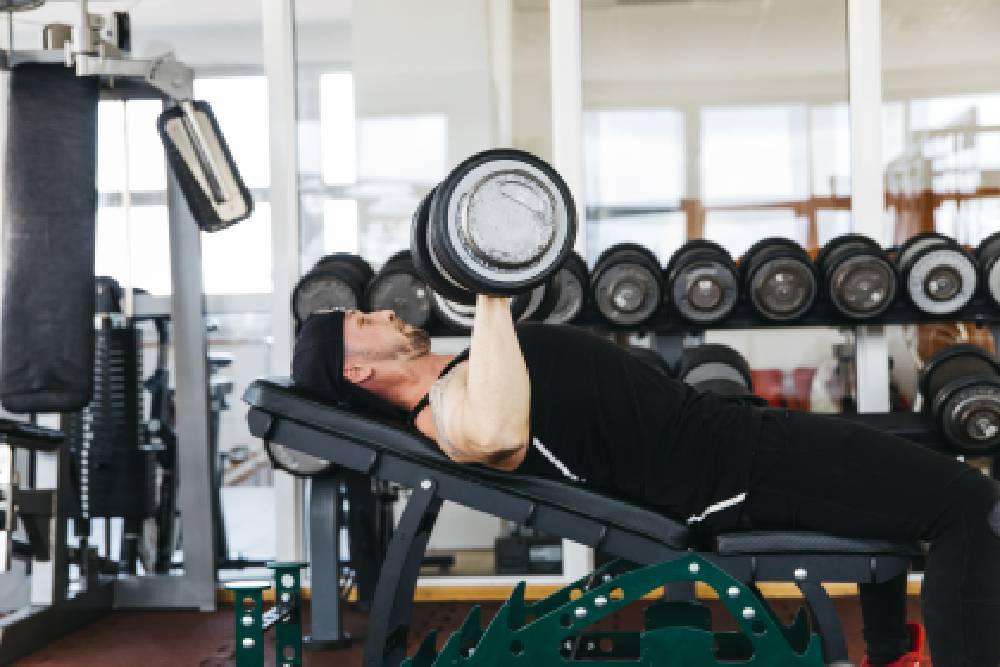When it comes to strength training, there are two main types of exercises: compound exercises and isolation exercises. Both types have their own unique benefits and serve different purposes in a well-rounded fitness program. Understanding the differences between compound and isolation exercises can help you design an effective workout routine that suits your goals and needs. Let’s explore the benefits of each type of exercise.
Compound Exercises:
Compound exercises are movements that involve multiple muscle groups and joints working together. These exercises recruit a larger number of muscles and require coordination and stability.
Here are some key benefits of compound exercises:
Efficiency: Compound exercises allow you to work multiple muscle groups simultaneously, making them time-efficient. With compound movements, you can train several areas of your body with a single exercise.
Functional Strength: Compound exercises mimic everyday movements and enhance overall functional strength. They improve coordination, stability, and the ability to perform tasks that require multiple muscle groups working together, such as lifting objects or participating in sports.
Increased Calorie Burn: Due to their multi-joint nature and involvement of large muscle groups, compound exercises typically burn more calories compared to isolation exercises. This can be beneficial for weight loss or improving cardiovascular fitness.
Hormonal Response: Compound exercises have a greater impact on the hormonal response in your body. They can increase the production of anabolic hormones, such as testosterone and growth hormone, which aid in muscle growth and development.
Common compound exercises include squats, deadlifts, bench presses, overhead presses, pull-ups, and lunges. These movements engage several major muscle groups, providing a comprehensive workout.
Isolation Exercises:
Isolation exercises, as the name suggests, target specific muscles or muscle groups in isolation. These exercises involve movements that isolate and focus on a single joint or muscle.
Here are some benefits of isolation exercises:
Targeted Muscle Development: Isolation exercises allow you to specifically target and isolate individual muscles. This can be useful for correcting muscle imbalances, addressing weaker areas, or developing specific muscle groups.
Enhanced Muscle Definition: Isolation exercises can help improve muscle definition by targeting specific muscles. By isolating and working a particular muscle, you can enhance its size, shape, and appearance.
Rehabilitation and Injury Prevention: Isolation exercises are commonly used in physical therapy and rehabilitation programs. They can help strengthen specific muscles or joints that may be weak or recovering from an injury. Isolation exercises can also be beneficial for prehabilitation, which involves strengthening muscles to prevent future injuries.
Mind-Muscle Connection: Isolation exercises allow you to develop a strong mind-muscle connection. By focusing on a specific muscle group, you can develop better control, coordination, and awareness of that muscle, leading to improved muscle activation and development.
Common isolation exercises include bicep curls, tricep extensions, leg extensions, lateral raises, and calf raises. These exercises target specific muscles and are often performed with lighter weights or resistance.
Incorporating Both in Your Workout Routine:
To create a well-rounded fitness program, it’s beneficial to include both compound and isolation exercises. Compound exercises should form the foundation of your routine, as they provide overall strength, functional fitness, and calorie burn. Isolation exercises can be used as accessory movements to target specific muscle groups or address imbalances.
When designing your workout routine, consider your goals and needs. If your focus is on overall strength and functionality, prioritize compound exercises and use isolation exercises as supplementary. If you have specific muscle groups you want to target or enhance, incorporate isolation exercises into your routine accordingly.
Remember to prioritize proper form, gradually increase weights or resistance, and listen to your body. It’s always a good idea to consult with a qualified fitness professional to ensure you’re performing exercises correctly and designing a program that suits your individual needs.
By understanding the benefits of both compound and isolation exercises, you can create a well-rounded workout routine that promotes overall strength, muscle development, and functional fitness.




